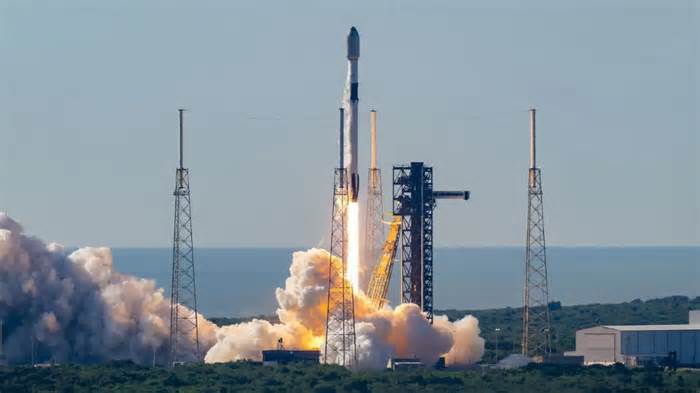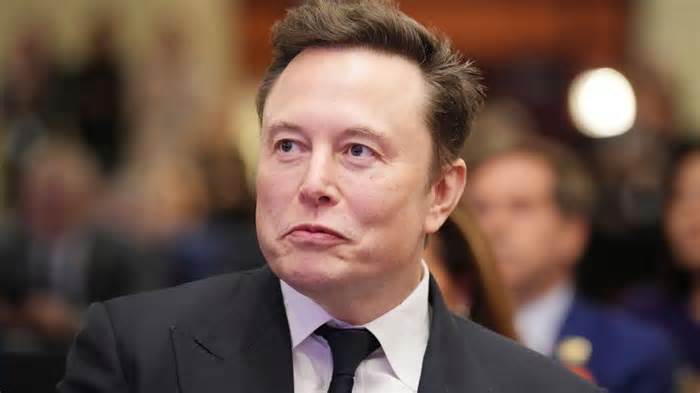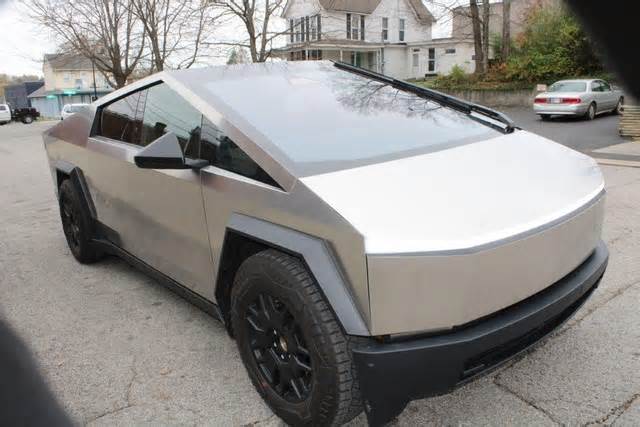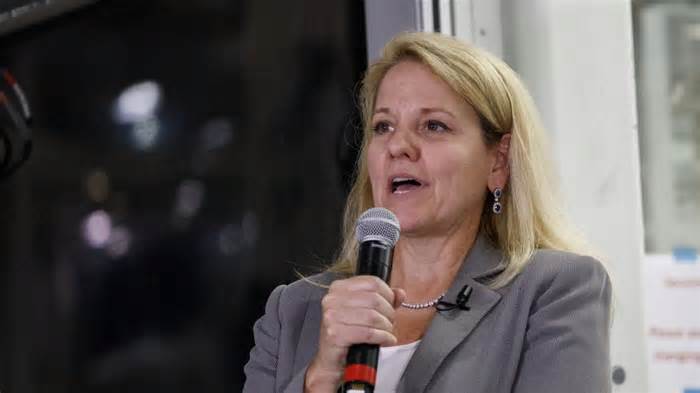
Falcon 9 Soars Again: SpaceX Launches Key Starlink Satellites
- by NewsX
- Nov 09, 2024
- 0 Comments
- 0 Likes Flag 0 Of 5

November 9, 2024 2:32 pm Asia/KolkataIST, Updated 4 hours ago
On Friday evening, SpaceX launched a fresh batch of Starlink satellites, expanding its global internet coverage. The Falcon 9 rocket took off from Space Launch Complex 4 East (SLC-4E) at Vandenberg Space Force Base in California at precisely 10:14 p.m. PST (1:14 a.m. EST, 0614 UTC). The mission had been delayed by two days, but the rocket’s liftoff marked another successful step in SpaceX’s ambitious satellite deployment efforts.
Starlink 9-10 Mission: 20 New Satellites Deployed
The Starlink 9-10 mission saw the addition of 20 new satellites to SpaceX’s growing megaconstellation orbiting Earth. Among them, 13 satellites featured cutting-edge Direct-to-Cell (DTC) technology, which allows cellular connectivity directly via the Starlink network. This brings the total number of satellites with DTC capabilities launched by SpaceX to 285, reinforcing the company’s efforts to enhance global mobile coverage.
SpaceX confirmed that the payload was successfully deployed into orbit just over an hour after launch, marking another milestone in the Starlink program.
Falcon 9 Booster: A Veteran in the Sky
For this mission, SpaceX used its Falcon 9 first stage booster with tail number B1081, which was launching for the 11th time. The booster has a proven track record, having supported a variety of missions in the past, including the Crew-7 astronaut mission to the International Space Station, the CRS-29 cargo flight, and the NASA PACE mission.
As the rocket ascended, it followed a southeasterly trajectory, flying over California and Mexico’s coastlines. Just over eight minutes after launch, B1081 successfully landed back on Earth on the SpaceX droneship, Of Course I Still Love You, stationed in the Pacific Ocean. This marks another successful booster recovery, demonstrating SpaceX’s growing capability to reuse hardware.
Paving the Way for Enhanced Connectivity
The DTC-enabled Starlink satellites are set to provide cellular service for partner telecommunications companies across the globe. As of October 30, Ben Longmier, SpaceX’s senior director of satellite engineering, confirmed that the company is nearing completion of the first segment of this special constellation.
In a post on X (formerly Twitter), Longmier stated: “We will continue to launch and improve the service after that in order to improve the coverage and latency for our partner telcos around the world.” Some of these key partners include T-Mobile in the U.S., One New Zealand in New Zealand, and Rogers in Canada.
Longmier also mentioned that only four more launches are needed to meet the initial constellation goals. In late October, SpaceX conducted its first DTC tests in Japan, another significant step in the global expansion of Starlink’s Direct-to-Cell service.
SpaceX Continues to Lead in Satellite Internet
With each successful launch, SpaceX strengthens its position in the race for global satellite-based internet. The growing Starlink network is increasingly capable of providing low-latency, high-speed broadband access to remote and underserved regions, while also revolutionizing mobile connectivity with its DTC service.
Please first to comment
Related Post
Stay Connected
Tweets by elonmuskTo get the latest tweets please make sure you are logged in on X on this browser.
Sponsored
Popular Post
Tesla: Buy This Dip, Energy Growth And Margin Recovery Are Vastly Underappreciated
28 ViewsJul 29 ,2024






 Energy
Energy



















